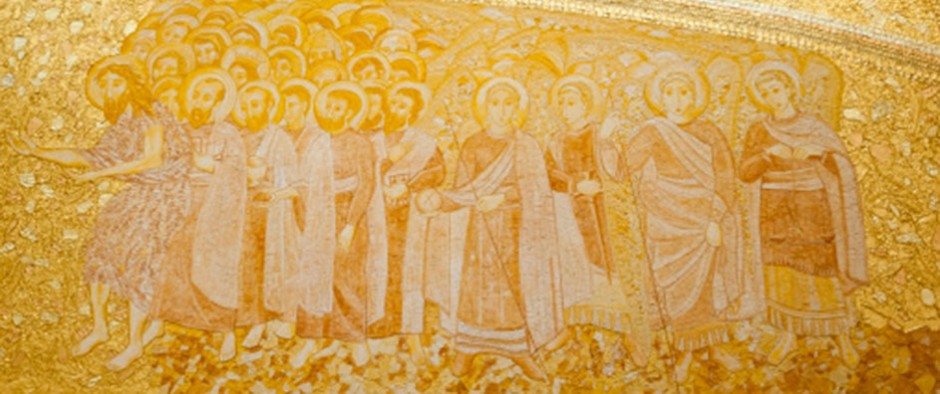Exploring the miracles attributed to Jesus Christ has long intrigued scholars, theologians, and adherents of various faith traditions alike. Did these miraculous events truly transpire, or are they allegorical embellishments crafted to convey deeper spiritual truths? This inquiry invites a playful yet profound challenge: can one embrace the essence of these miracles while questioning their historical authenticity?
To embark on this exploration, it is paramount to delineate what constitutes a miracle within a religious framework. Miracles, often deemed as divine interventions, manifest phenomena that contravene the natural order. In the context of Jesus, these include water-to-wine transformations, walking on water, and resurrecting the dead. Each act posits significant theological implications that extend beyond mere spectacle.
From a Bahá’í perspective, the inquiry into the veracity of these miracles can be delicately nuanced. Bahá’u’lláh, the founder of the Bahá’í Faith, emphasized the necessity of interpreting religious truths in a manner that reconciles reason and faith. Thus, analyzing the miracles of Jesus transcends the binary question of “did they happen?” and invites a more profound consideration of their significance. Rather than undermining the essence of Christianity, a Bahá’í interpretation seeks to harmonize its teachings with comprehensive spiritual understanding.
The historical context of Jesus’ ministry provides critical insights. Living in a time rife with socio-political turmoil and spiritual yearning, the narratives of Jesus’ miracles served as symbols of hope and divine connection. The ability to heal the afflicted, walk atop turbulent waters, and bring forth life from death created a modal effect that resonated deeply with the populace. Incidentally, these miracles were not only reflective of Jesus’ identity as the Messiah but also emblematic of the universal aspiration toward spiritual savants capable of transcending earthly limitations.
Some may argue that, throughout history, miraculous accounts can be understood as metaphors designed to convey ethical teachings or underscore the moral virtues espoused by Jesus. The walking on water narrative, for instance, may symbolize the capacity to transcend one’s fears and challenges. Instead of viewing miracles as literal events, one might consider them allegorical insights that inspire adherents to pursue higher spiritual aspirations.
Moreover, it is crucial to engage with the perspectives of early Christian communities. The sociocultural environment mandated the need for miraculous tales that could galvanize belief and fortify communal identity. The first-century Christians, under oppression and estrangement, found consolation in these ostensibly supernatural occurrences. Hence, the miracles of Jesus can be seen as a pedagogical tool that fostered solidarity among early believers, framing an emerging identity within a hostile milieu.
In a modern context, the fascination with miracles persists, albeit often through a different lens. Scientific advancements catalyze new paradigms of thought, leading many to scrutinize ancient accounts with a critical eye. The hermeneutics of faith now intersect with the methodologies of empirical inquiry, encouraging believers to reconcile spiritual beliefs with rationality. This discourse encapsulates the Bahá’í principle of the harmony of science and religion, advocating for a synthesis rather than antagonism between the two realms.
What implications arise, then, from accepting the miracles of Jesus as possibly metaphorical rather than historical? Such a perspective catalyzes a fresh understanding of spiritual essence, redirecting focus toward the lessons derived from these narratives. It promotes an experiential engagement with spirituality—where adherents are invited to internalize and vivify the principles exemplified through Jesus’ life, irrespective of the historical authenticity of miraculous events.
For instance, when confronting a personal crisis, the story of Jesus calming the storm could evoke a sense of inner peace amidst turmoil. This narrative mirrors the universal human experience of navigating adversity. Thus, rather than relegating the miracle to a question of historical credibility, one could ascertain its relevance in contemporary spiritual practice.
It is also pertinent to recognize that the miracles of Jesus have fostered an ethical framework, compelling individuals to emulate divinity through acts of compassion, love, and service. The salience of ‘doing good’ in the absence of miraculous deeds is a critical tenet in Bahá’í thought, wherein the demonstration of virtues becomes the true measure of faith. Therefore, audiences are encouraged to glean actionable lessons rather than getting ensnared in epistemological quandaries surrounding miracle narratives.
In summation, the question of whether the miracles of Jesus authentically occurred necessitates a multifaceted approach. By considering both historical context and spiritual implications, adherents can discern deeper meanings embedded within these narratives. The beauty of such inquiry lies in its capacity to foster dialogue, invoking a harmonious blend of faith and reason that elevates the spiritual understanding transcending mere historical certitude. Ultimately, the embrace of these miracles—whether as literal occurrences or profound metaphors—reflects the enduring quest for meaning, connection, and the divine within the human experience.
